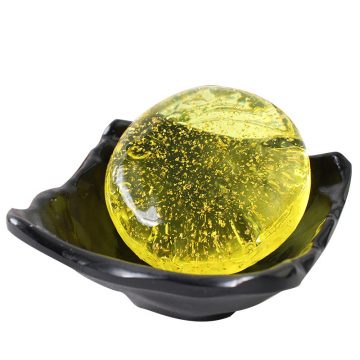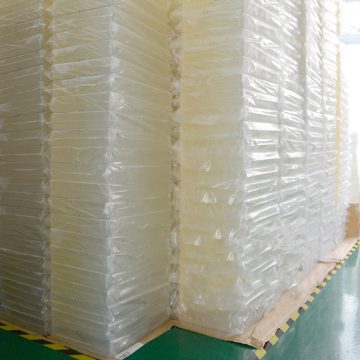A sparkling clean soap plays a significant role in effectively removing germs from your skin. The cleanliness of the soap itself, as well as how it is used, are both important factors in its ability to remove germs. Here’s how it works:
- Soap’s Role in Removing Germs: Soap molecules have a unique structure that enables them to interact with both water and oils. This property is crucial for the effective removal of germs. When you apply soap to your hands and rub them together, the soap molecules surround and encapsulate dirt, oils, bacteria, viruses, and other germs that might be on your skin.
The hydrophilic (water-attracting) end of the soap molecule binds to water, while the hydrophobic (oil-attracting) end attaches to oils and fats, including those in the membranes of bacteria and viruses. This dual interaction allows the soap to lift these particles off the skin’s surface.
- Lathering and Rubbing: To effectively remove germs, it’s important to create a lather by rubbing your hands together with the soap. This action helps distribute the soap molecules evenly across your skin, ensuring that all areas are exposed to the cleansing action. Rubbing your hands together for at least 20 seconds allows the soap to break down and detach germs from your skin.
- Rinsing Away Germs: Once the soap has loosened and surrounded the germs, rinsing your hands with water helps carry away the soap, along with the dislodged germs and dirt. The combination of soap, water, and mechanical friction (rubbing) during washing helps ensure thorough cleaning.
- Importance of Cleanliness: Using a clean soap is essential because if the soap itself is contaminated, it could potentially introduce germs onto your skin rather than removing them. A sparkling clean soap that has been properly stored and handled minimizes the risk of cross-contamination.
- Frequent Handwashing: Regular and proper handwashing using soap is one of the most effective ways to reduce the spread of germs, bacteria, and viruses. It’s especially crucial after being in public places, before eating, after touching potentially contaminated surfaces, and after coughing or sneezing.
Remember that while soap is highly effective in removing a wide range of germs, it’s not specifically designed to kill all types of microorganisms. That’s why handwashing remains an essential hygiene practice, and in situations where soap and water are not available, using hand sanitizers with at least 60% alcohol can be an alternative to help reduce germs on your hands.








